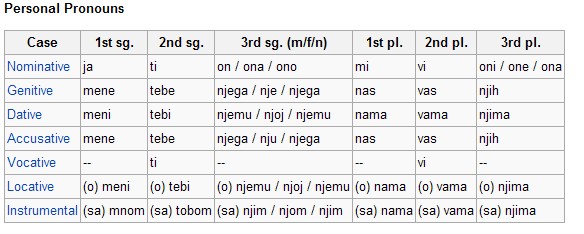Ordinal numbers in Serbian behave as adjectives, so they change according to the noun's:
- number (singular or plural - prva kolona vs. prve kolone)
- gender (masc. fem or neuter - prvi red vs. prvA kolona vs. prvO mesto)
- case (after the basic form of Nominative, there will be all six cases - prvi čovek - prvog čoveka - prvom čoveku - prvog čoveka / prvi hamburger - prvi čoveče - sa prvim čovekom - o prvom čoveku)
That's why we are starting just with a very simple list of 12 ordinal numbers in masc. sg. Nominative to learn the form, hear it, pronounce it and practice it.
In our next lessons we'll be practicing more complex structures with the ordinal numbers in Serbian :)
I know it looks complicated, but it can be fun, and it is certainly good for your brain!
The list of exercises both in the Latin and Cyrillic script can be found on my Patreon page.

.png)

















